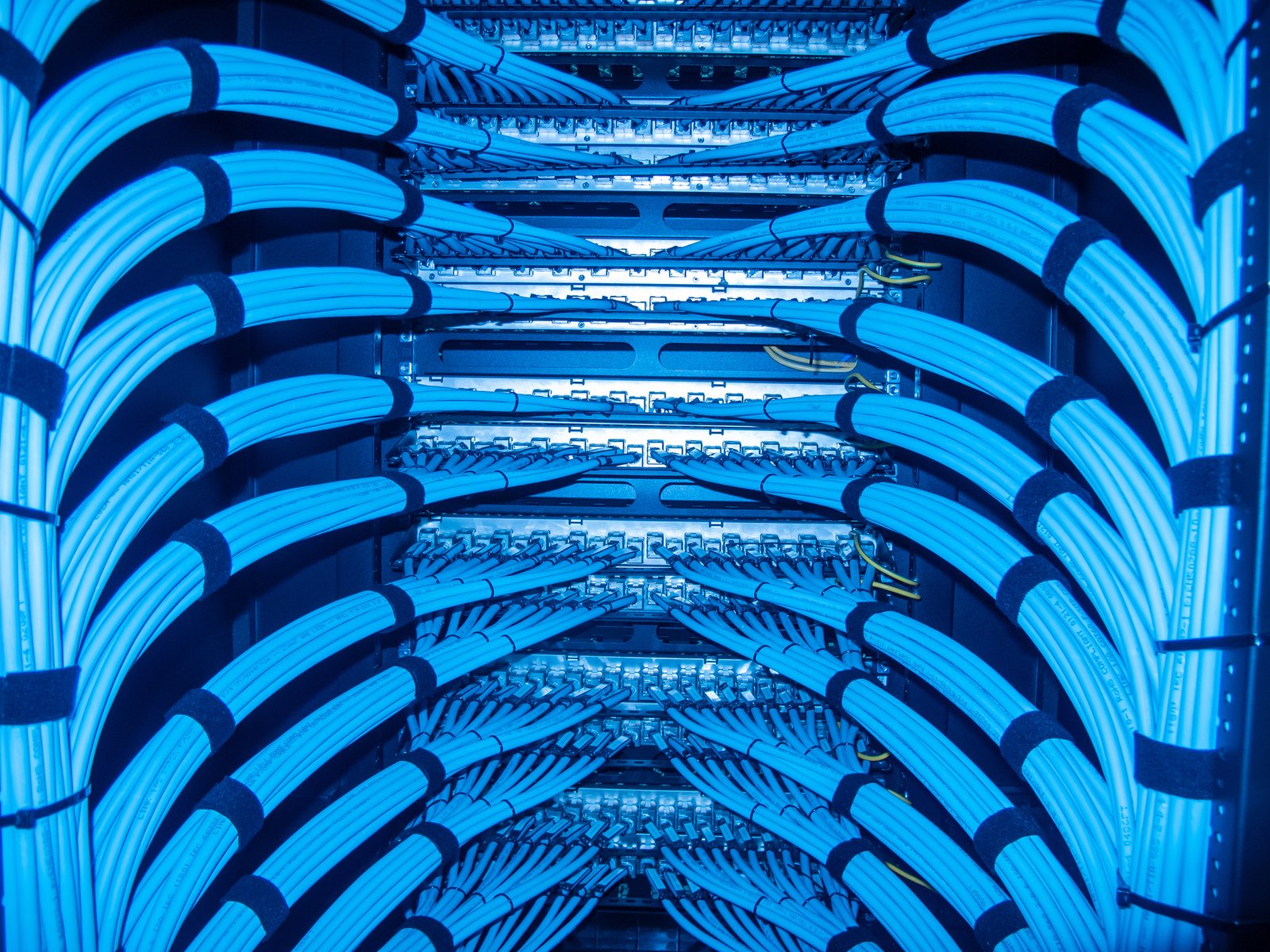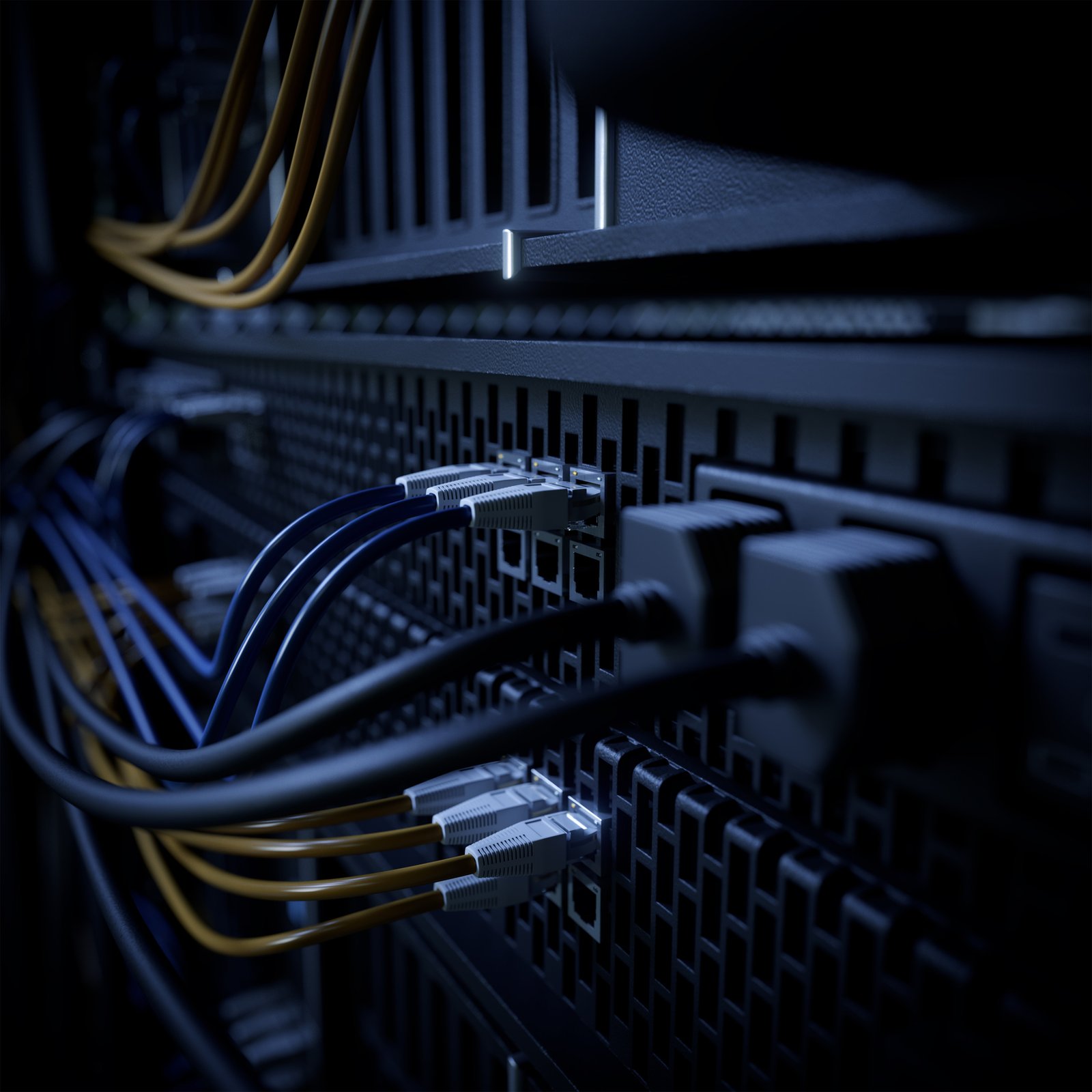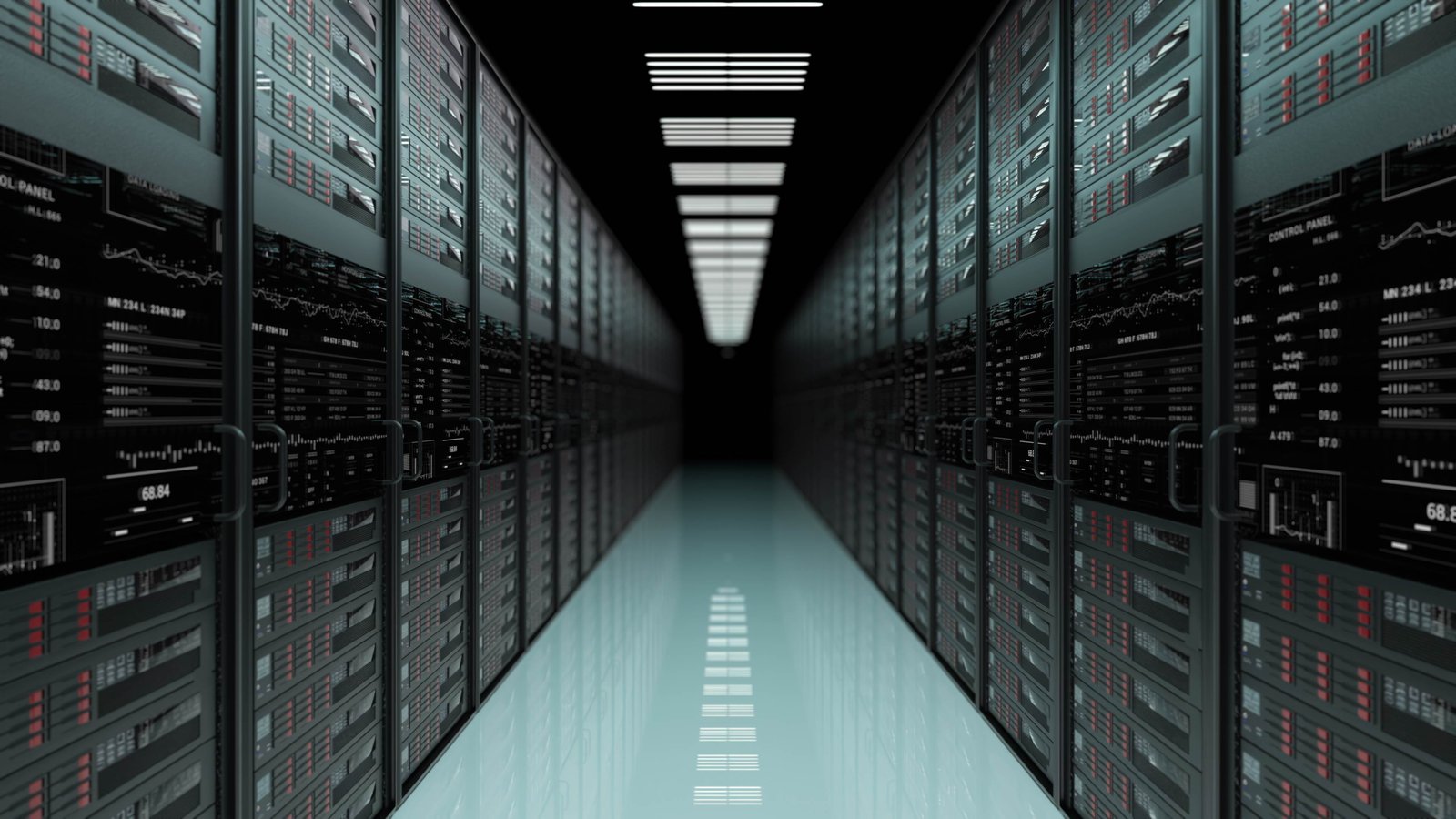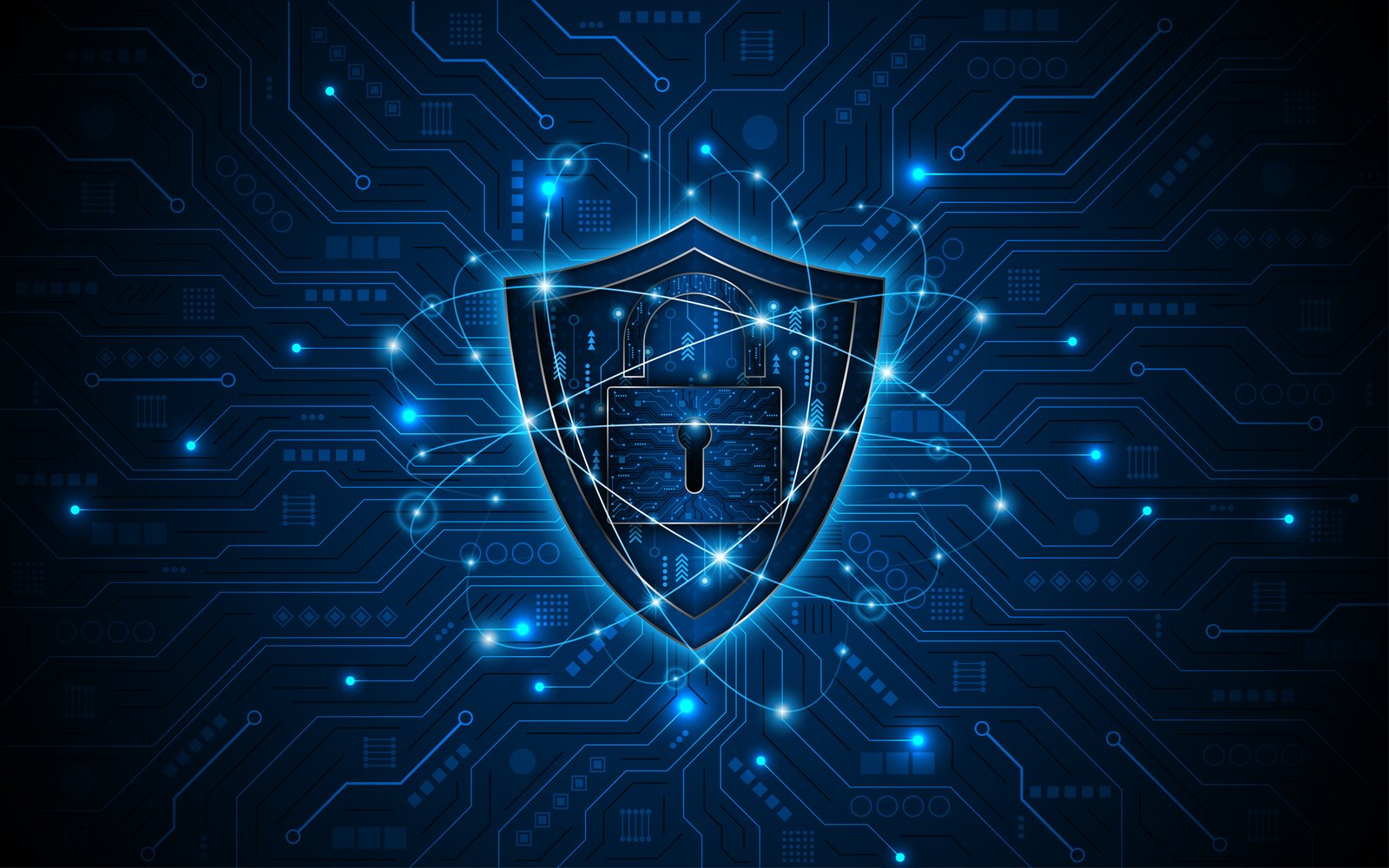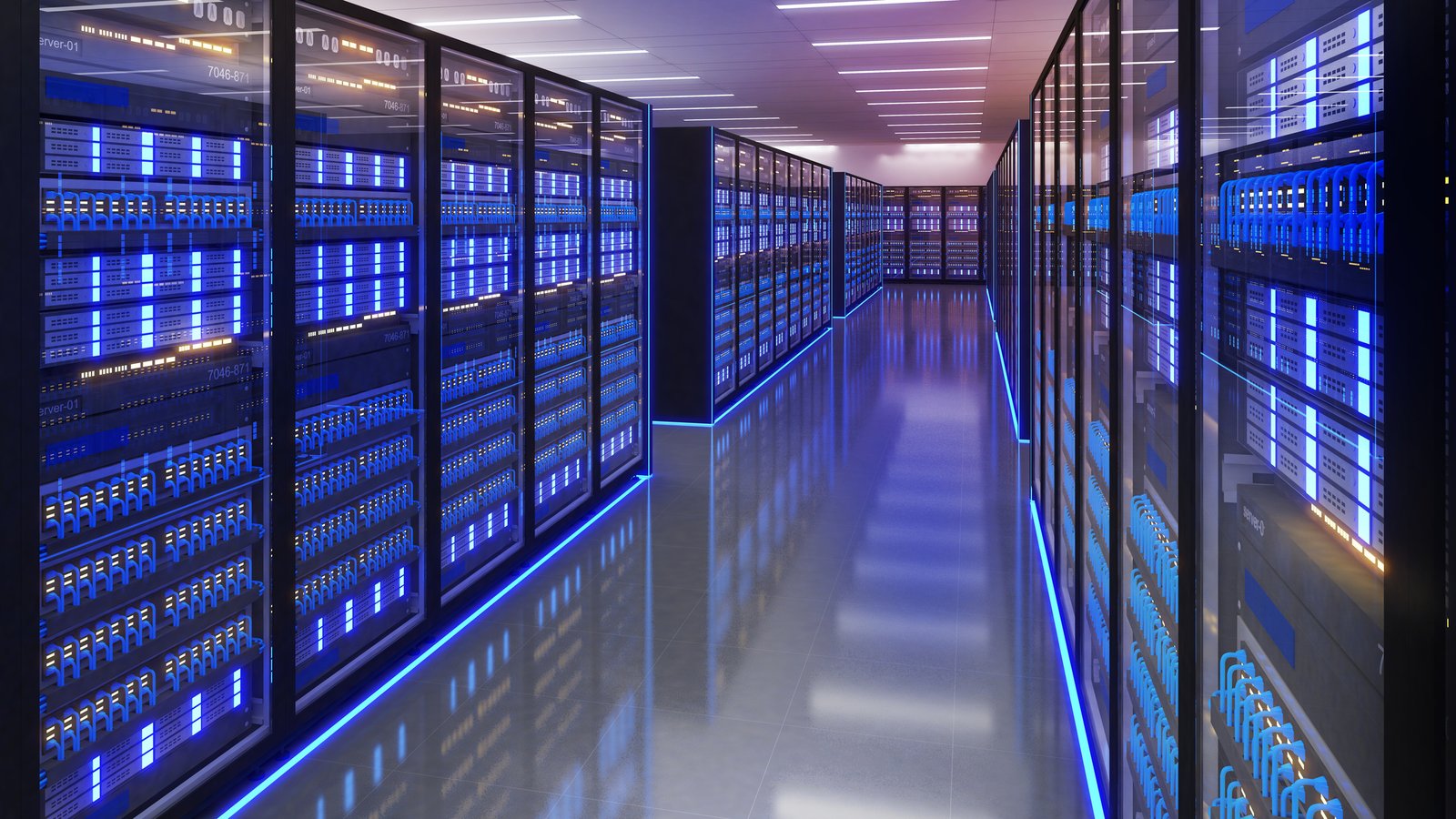Protecting your data center against nature’s fury is critical in today’s digital-first world where these facilities store and process the information that is essential to connectivity and business operations around the world.
It’s a task that has gotten harder with extreme weather events become more frequent with 2024 witnessing 20 confirmed weather/climate disaster events with losses exceeding $1 billion in the U.S. – and that figure was before Hurricane Helene (Sept. 27) and Hurricane Milton (Oct. 9) both made landfall in Florida.
Storms are becoming more frequent and severe – the 1980 to 2023 annual average was 8.5 weather disasters causing at least a billion dollars in damage but the annual average for the most recent five years (2019-2023) was 20.4 such events – and Helene alone caused between $30.5 billion and $47.billion in total wind and flood losses across 16 states.
From hurricanes and tornadoes to flooding and electrical disturbances, these weather phenomena pose significant risks to data center operations. The consequences of a storm-related outage can be catastrophic, resulting in data loss, operational disruptions, and substantial financial damage.
“Outages are costly. More than half (54 percent) of the respondents to the 2023 Uptime Institute data center survey say their most recent significant, serious or severe outage cost more than $100,000, with 16 percent saying that their most recent outage cost more than $1 million,” according to the Uptime Institute’s Annual Outage Analysis 2024.
In this article, we'll explore the importance of storm-proofing your data center and provide actionable strategies to enhance its resilience against nature's unpredictable forces.
Understanding the Risks
Before diving into solutions, it's crucial to understand the various ways storms can impact your data center:
- Power Outages: Storms often lead to power failures, which can disrupt operations and potentially damage equipment.
- Flooding: Heavy rains and storm surges can cause water damage to critical infrastructure.
- Physical Damage: High winds can damage the building structure, roofing, or external equipment like cooling units.
- Network Disruptions: Storms can damage telecommunication lines, leading to connectivity issues.
- Equipment Failure: Power surges or water exposure can cause hardware malfunctions.
Before implementing any storm proofing measures, it's crucial to understand the specific risks your business faces. Start by conducting a thorough assessment of your IT infrastructure's vulnerabilities.
Identify your critical systems and data, and evaluate the geographical risks associated with your location.
Ask the right questions: Are you in a flood-prone area? Do you face the threat of hurricanes or tornadoes? Understanding these factors will help you tailor your protection strategy effectively.
8 Strategies for Storm-Proofing Your Data Center
Here are eight strategies that can help stormproof your data center:
1. Robust Physical Infrastructure
The first line of defense against storms is a solid physical structure, so don’t overlook the importance of physical protection for your hardware. Consider these measures:
- Reinforce walls and roofing to withstand high winds.
- Install storm shutters or impact-resistant windows.
- Waterproof your equipment where possible and elevate critical equipment above potential flood levels.
- Implement proper drainage systems to divert water away from the facility.
- Protective enclosures and surge protectors are essential for safeguarding against water damage and power surges.
3. Redundancy and Failover Solutions
Redundancy is key to maintaining operations during a storm. Implement load balancers to distribute traffic across multiple servers, reducing the risk of a single point of failure. Consider cloud failover options that can quickly take over if your primary systems go down. Virtualization techniques can also help by allowing you to quickly move workloads to unaffected hardware or locations. Implement:
- Multiple power feeds from different substations.
- Uninterruptible Power Supply (UPS) systems.
- Backup generators with ample fuel supply.
- Regular testing and maintenance of all power systems.
3. Advanced Cooling Solutions
Data centers are highly sensitive to temperature fluctuations, and extreme weather events can pose significant risks to their operations. Advanced cooling systems can play a crucial role in ensuring the resilience and continuity of data center services during such events which can disrupt cooling systems, leading to overheating. Consider:
- Redundant cooling units.
- Implementing hot/cold aisle containment.
- Using liquid cooling for high-density racks.
- Installing thermal sensors for real-time monitoring.
4. Comprehensive Disaster Recovery Plan
A well-thought-out disaster recovery plan is crucial. Outline clear emergency procedures, establish communication channels that will work even in adverse conditions, and define roles and responsibilities for your team. Regular testing and updates of this plan are essential to ensure its effectiveness when disaster strikes. It should include:
- Clear protocols for various storm scenarios.
- Regular drills and staff training.
- Up-to-date contact information for key personnel and vendors.
- Procedures for safe equipment shutdown if necessary.
5. Data Backup and Replication
A comprehensive backup strategy is your last line of defense against data loss. Implement regular system backups and consider off-site data replication to ensure your data is safe even if your primary location is compromised. Cloud storage solutions offer an excellent option for secure, off-site backup. Try the following:
- Implementing a robust backup strategy.
- Using off-site or cloud-based backup solutions.
- Regularly testing data restoration processes.
- Considering geo-redundant data centers for critical operations.
6. Network Resilience
To maintain connectivity during storms you need to maintain network resilience:
- Implement redundant network connections.
- Use diverse routing for fiber optic cables.
- Consider satellite or microwave links as backup.
- Regularly test failover systems.
7. Real-time Monitoring and Predictive Maintenance
Implement 24/7 system monitoring to catch potential issues before they escalate. Utilize advanced monitoring tools and set up automated alerts to notify your team of any anomalies. Proactive maintenance and timely updates can prevent many issues before they become critical during a storm. The following can help:
- Install environmental monitoring systems (temperature, humidity, water detection).
- Use predictive maintenance tools to identify potential equipment failures.
- Implement DCIM (Data Center Infrastructure Management) solutions for holistic oversight.
8. Insurance and Compliance
You need to prepare for the worst case scenario, and this includes documenting all storm-proofing measures for potential insurance claims. Protect your investment by:
- Reviewing and updating insurance policies to cover storm-related damage.
- Ensuring compliance with local building codes and regulations.
The Role of Fiber Connectivity in Storm-Proofing
One often overlooked aspect of storm-proofing a data center is the critical role played by the cabling infrastructure, particularly fiber optic connectivity.
Here's why fiber is essential for a storm-resistant data center:
- Durability: Fiber optic cables are more resistant to water damage compared to copper cables, making them ideal for flood-prone areas.
- Electromagnetic Interference (EMI) Resistance: Fiber cables are immune to EMI, which can be caused by lightning strikes during storms.
- Long-Distance Transmission: Fiber allows for longer cable runs without signal degradation, enabling more flexible data center design and equipment placement for optimal storm protection.
- Futureproofing: The high bandwidth capacity of fiber ensures your infrastructure can handle growing data needs, reducing the need for frequent upgrades and minimizing potential points of failure.
- Reduced Heat Generation: Fiber cables generate less heat than copper, contributing to more efficient cooling systems that are crucial during power-constrained situations like storms.
Implementing a Storm-Proof Fiber Infrastructure
To truly stormproof your data center's connectivity, consider these best practices:
- Redundant Pathways: Implement diverse routing for fiber cables to ensure connectivity even if one path is damaged.
- Water-Resistant Cabling: Use water-blocked fiber cables in areas susceptible to flooding or high humidity.
- Proper Cable Management: Organize cables to prevent water accumulation and facilitate quick identification and replacement if needed.
- Regular Inspections: Conduct routine checks of your fiber infrastructure to identify and address potential vulnerabilities before a storm hits.
- Scalable Design: Plan your fiber infrastructure with future growth in mind, allowing for easy upgrades without compromising storm resistance.
At DCS we understand that storm-proofing your data center is a complex but essential task in today's climate-challenged world. It requires a holistic approach that combines robust physical infrastructure, redundant systems, advanced technologies, and strategic planning.
Contact DCS today to learn more about how we can partner to make your data center, not only storm proof, but also scalable and future ready. Our team of experts will assess your current infrastructure, identify vulnerabilities, and design a custom solution to enhance your data center's resilience against storms and other natural disasters.


